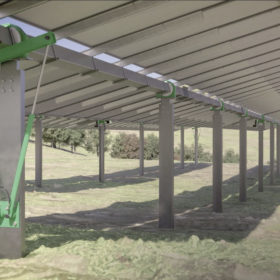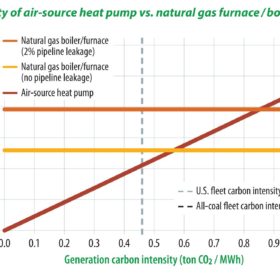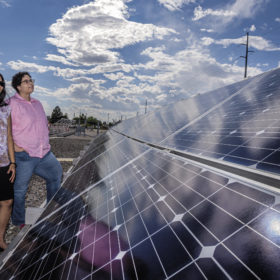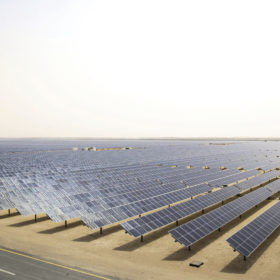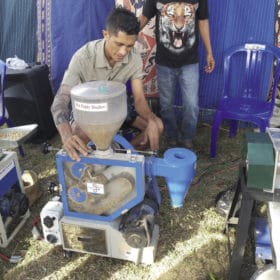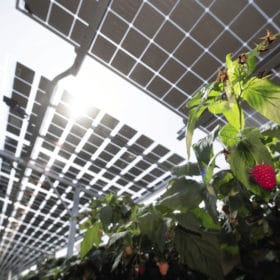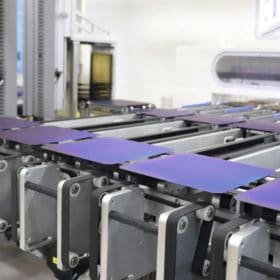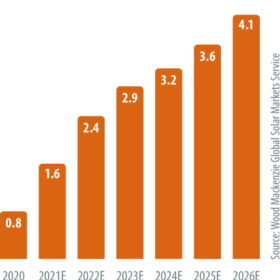Just add more mettle
The resilience of a solar installation significantly depends on its ability to withstand the effects of wind. John Fitzgerald Weaver, a regular contributor to pv magazine USA and a solar installer based in Massachusetts, presents 13 options with cost considerations for storm-hardening PV systems.
Prioritizing electrification
The urgency to decarbonize the building sector has caught global attention in the lead-up to the COP26 summit, commencing on Oct. 31. Wood Mackenzie’s Ben Hertz-Shargel says that success will require a two-pronged strategy of massively electrifying building heat over the coming decade, while also investing in technologies that can pick up future heating demand if the grid cannot handle it.
Forecast for foresight, and prosper
At the risk of stating the obvious, PV performance will always be inextricably linked to the weather. Cloud cover significantly influences power output and severe weather events – including high winds, heavy snowfall, fire, and hail – can lead to module or structural damage. And with climate change making extreme weather events more common, the value of forecasting and understanding the worst Mother Nature can throw at a solar array is increasing.
A limit to module size
There is a threshold at which big becomes too big when it comes to PV module sizes, argues Hongbin Fang, the director of product marketing at Longi Solar. Fang recently said at pv magazine’s Roundtables USA event that despite size limits, there is still a lot of efficiency and cost-reduction potential to come.
2 GW and beyond
Few could imagine a 2 GW PV project a decade ago. But in 2022, a massive project will rise from the arid expanse of the Arabian Peninsula. And while record-low prices will probably not be replicated this year or next, the project does mark the dawning of a new PV era.
Filling the energy technology, poverty gap
Advanced technology is of little use if it cannot reach those who need it most. Two Indonesian companies – Kopernik, an NGO based in Bali, and Sumba Sustainable Solutions, from the island of Sumba – are trying to bridge the gap between those in need and those with technological solutions. They both focus on the PV electrification of rural areas and brightening Indonesia’s “last mile.”
Raspberry PV protects the crop and avoids waste
An agrivoltaic project in the Netherlands demonstrates the compatibility of solar PV power generation and raspberry cultivation. The solar roof protects the plants, saves the farmers work, and only has a minimal impact on the harvest.
Microcracks and module design
New cell and module technologies are boosting power outputs, but they often have implications for quality. A focus purely on cell cracking illustrates just this point, with some approaches proving beneficial, and others potentially problematic – cue Tristan Erion-Lorico from PV Evolution Labs (PVEL).
Life after PERC
The pursuit of higher conversion efficiencies is an eternal theme in the PV industry. Among all the links in the chain, cell technology is the most fundamental and decisive element. As we look beyond the established PERC technology, whether heterojunction or TOPCon will become the dominant “next-gen” solar cell among China’s manufacturing giants is emerging as a balancing act between incumbent and upstart, reports Vincent Shaw from Shanghai.
FPV’s important role
Molly Cox details Wood Mackenzie’s research showing that floating PV installations will continue to grow as the niche industry finds its large- scale fit with utility companies, large communities, companies, and municipalities – wherever the right waters are to be found.
